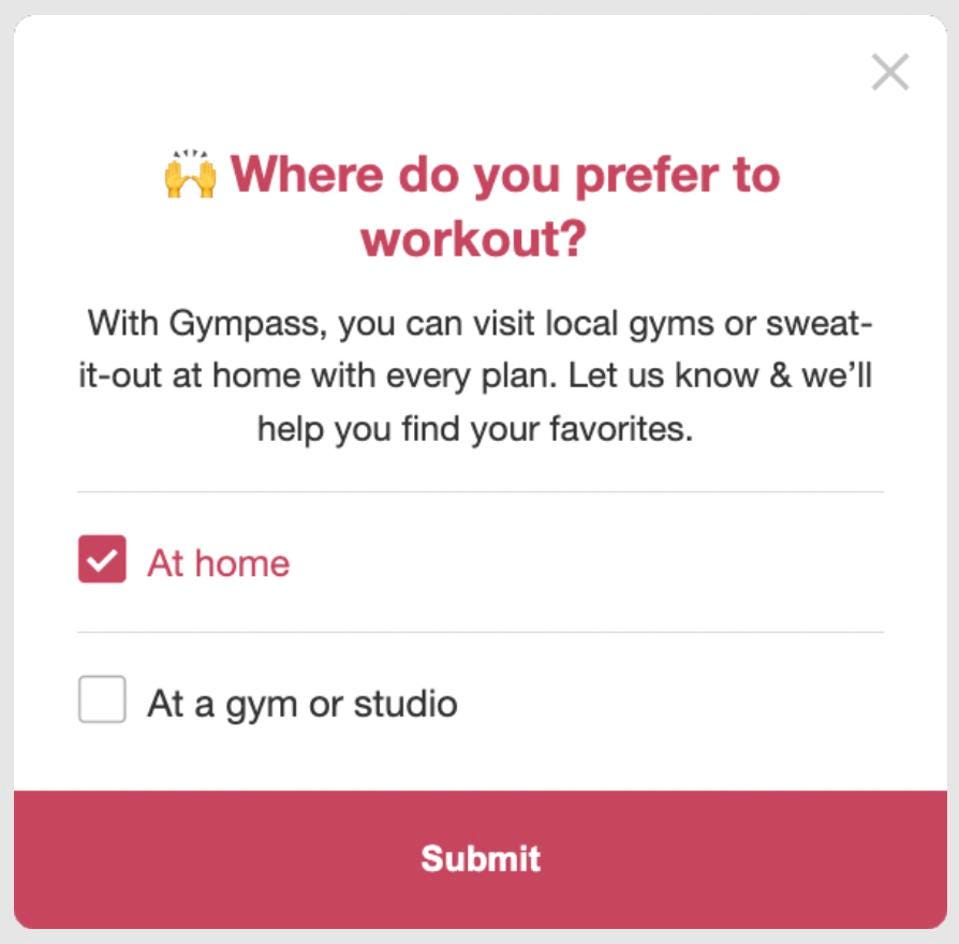
Braze, the customer engagement software platform provider, recently released their third annual Global Customer Engagement Review. The research, by surveying 1,500 marketing executives across 14 markets, aimed to uncover the most prevalent trends in customer engagement over the past year. At a topline level, what they found is that while customer acquisition costs have soared, cost-conscious consumers are faced with more choices than ever in a volatile environment.
As a result, many companies are focused on and investing in defending their base.
Specifically, their research found that:
- The number of companies that are investing the majority of their marketing budget in customer retention as compared to last year has increased by 36%,
- Almost all (99%) of marketers report that they will be shifting their customer engagement messaging to prioritize personalized, human messaging in order to connect more meaningfully with their customers,
- As a result, 53% report that will be sending more messages offering helpful advice, 49% report they will target customers based on financial measures (e.g. household income), and 37% are planning to pull back on sending promotions and commercial offers.
This is not a surprise, given the environment we find ourselves in.
What was a surprise, however, were the findings surrounding the two biggest issues marketers face. Specifically, the research found that the two biggest issues marketers face were too much data and capability gaps surrounding data analysis and management where:
- 80% of companies say that they are collecting too much data, resulting in information on hand that they can’t use effectively, and
- 42% of marketers said the top challenge within data management is working with internal data scientists/BI teams who don’t understand marketing priorities, while 38% cited a lack of data skills among marketing talent.
The reason that these findings are surprising is that these issues are known and familiar problems and have been around for a number of years.
For example, back in May 2017 on an episode of my podcast, Jascha Kaykas-Wolff, who was Chief Marketing Officer at Mozilla at the time and is now President at Lytics, opined that marketers were getting lazy and were collecting more data than they knew what to do with. This led the team at Mozilla to come up with the idea of Lean Data practices, which is a framework to help them (and other interested companies) think about the decisions they make about data, focus only on the data they need, build appropriate security around that data and engage users to help them understand how their data is being used.
In addition, in another podcast, this time back in July 2016, I spoke to Vivek Jetley, who at the time was Senior Vice President and co-Head of Analytics and Head of Corporate Strategy at EXL and is now Executive Vice President and Head of Analytics over there. In that interview, Jetley highlighted that one of the biggest challenges facing firms is a ‘data’ skills gap. He went on to break this skills gap down into 3 broad buckets:
- Data scientists – people who can do advanced analytical and statistical work. At the time, Jetley estimated that the skills gap for data scientists in the US and UK was around 3-400,000 people.
- The bigger gap lies with the managers – those with the right amount of training and understanding that can take, interpret and decide how to use the product of the data scientist’s work. Vivek estimated that this gap is 3-4 times that of the gap for data scientists.
- The final gap lies with people that have consumer behaviour and process understanding or are from a Six-Sigma type of background, who can help manage the implementation of data insights into the various customer channels. Vivek estimated this gap to be in the region of another 2-300,000.
Jetley went on to highlight that this problem is exacerbated when you move away from large urban centres like New York, LA, London etc.
That was back in 2016, and one can argue that this location challenge has lessened, given the advancement of cloud-based applications and the widespread adoption of remote working practices over the last few years.
However, given the persistence of these problems, I arranged to talk to Myles Kleeger, President & Chief Commercial Officer at Braze, to get his take on the research and what companies should be doing to overcome these challenges
According to Kleeger, one of the main reasons behind the persistence of the data and skills challenges is that “too many companies are focused on collecting as much customer data as possible without first defining a strategy for how they intend to use it. New innovations in machine learning and generative AI will of course encourage even more data collection by brands, which will only serve to compound this problem. While there will no doubt be compelling use cases inspired and enabled by these massive data sets and new capabilities, it does not change the fact that you first need a strategy for using the data before you collect it, otherwise what’s the point? “
Kleeger went on to say that too much data exacerbates the skills gap, and rather than relying on behavioral data analysis or ML/AI techniques to drive better engagement and personalization, some leading brands are going ‘old school’ and are simply asking their customers what they want and what they are interested in.
This type of approach is music to my ears and is something I long advocated for.
 But, what does that mean in practice? Well, for a brand like HBO Max when they wanted to promote the “Fantastic Beasts” films, the company developed a customized “What’s Your Hogwarts House” survey based on viewers’ preferences and history. The responses informed a personalized messaging campaign that included more information about each customer’s house selection, as well as a hero image with their name embedded onto their house crest. The approach ultimately drove a 3.36% lift in viewership of the featured recommended titles, a 3.12% lift in session starts, and a 6X higher click rate in connection with the in-app message.
But, what does that mean in practice? Well, for a brand like HBO Max when they wanted to promote the “Fantastic Beasts” films, the company developed a customized “What’s Your Hogwarts House” survey based on viewers’ preferences and history. The responses informed a personalized messaging campaign that included more information about each customer’s house selection, as well as a hero image with their name embedded onto their house crest. The approach ultimately drove a 3.36% lift in viewership of the featured recommended titles, a 3.12% lift in session starts, and a 6X higher click rate in connection with the in-app message.
 In addition, the corporate wellness platform Gympass adopted a similar approach and used surveys to capture data on users’ interests, habits, and behaviors. This helped them personalize their messages based on their user interests, and that campaign resulted in 25% net-new revenue and a 3X increase in the volume of sign-ups.
In addition, the corporate wellness platform Gympass adopted a similar approach and used surveys to capture data on users’ interests, habits, and behaviors. This helped them personalize their messages based on their user interests, and that campaign resulted in 25% net-new revenue and a 3X increase in the volume of sign-ups.
The bottom line: These examples show that there is a different way to achieve real and meaningful personalization.
It’s not just about gathering more and more data and then figuring out what to do with it. It’s first about having the right strategy in place and then gathering the right data (and that includes asking your customers) to help achieve that strategy. Doing things this way will, in turn, help alleviate some of the skills gaps that brands face.
Here’s hoping that brands are paying attention and increasing numbers choose to avoid the more is better vortex.
This post was originally published on Forbes.com.
Image by Mohamed Hassan from Pixabay



